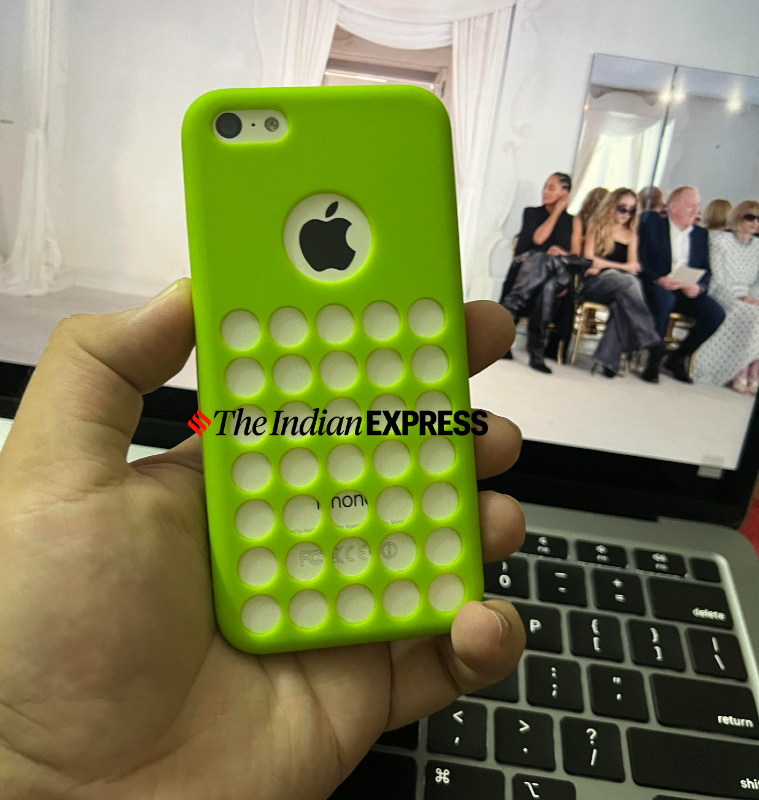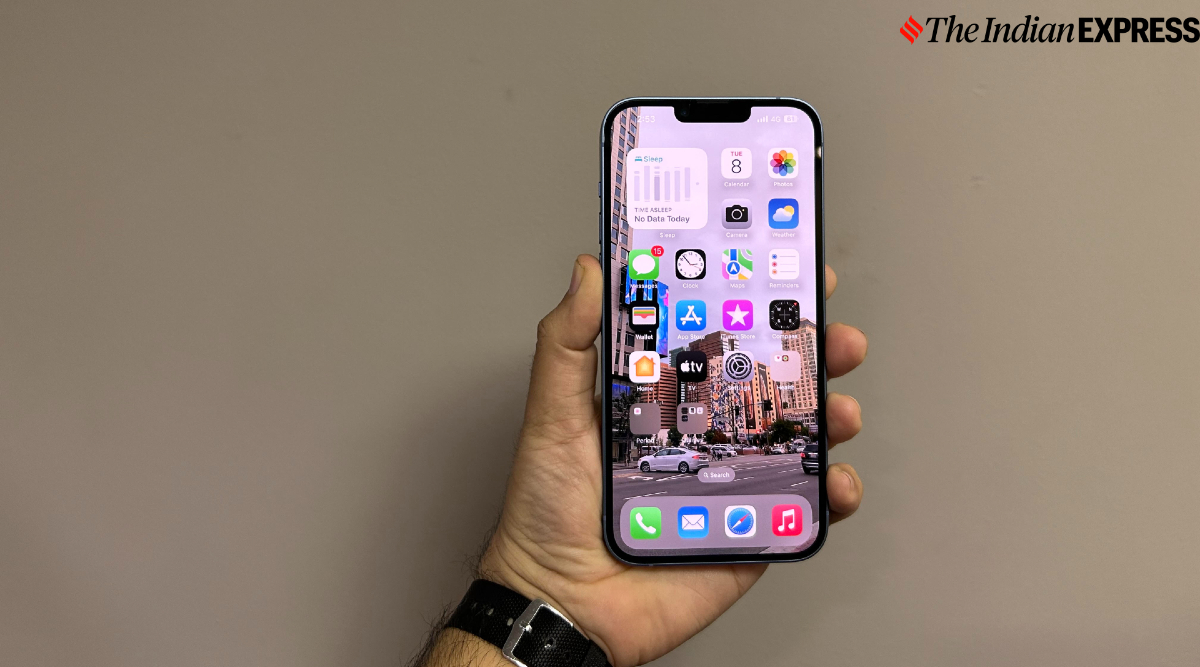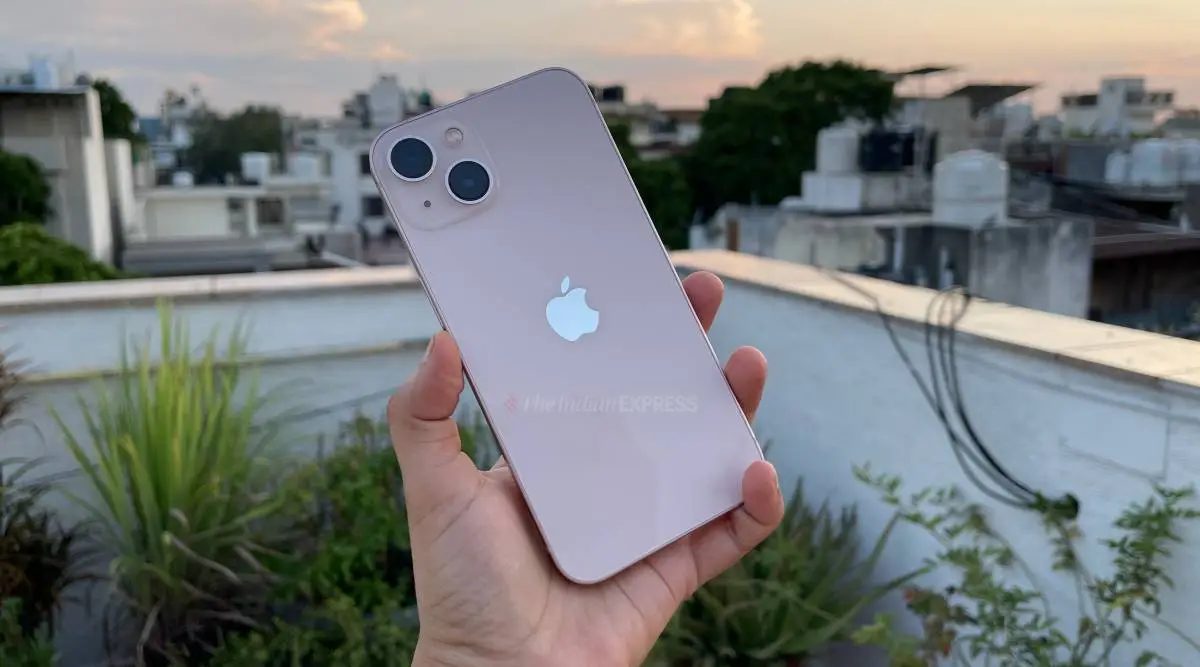When the iPhone 14 Plus went on sale last month, many thought there might be takers for a phone with a large 6.7-inch display and a battery that can get through multiple days on a single charge. In fact, experts had anticipated the $899 iPhone model to have higher sales during holidays due to the popularity of big phones and a lower price. But that estimate seems far stretched, with new reports claiming Apple cutting production of iPhone 14 Plus due to cooling demand for the big-screen phone. While this may be a case of demand miscalculation, Apple has in the past drastically trimmed production and cut back components orders when certain iPhone models didn’t sell well.
Here are three times Apple had to scale down production when certain iPhone models met with a lukewarm reception from consumers:
iPhone 5c
Calling the iPhone 5c “flop” may be something of an exaggeration but yes, that iPhone model wasn’t the huge success Apple had hoped for. In a matter of weeks after its launch, several publications started reporting that Cupertino had cut production of iPhone 5c due to lower demand. The iPhone 5c was never really a “budget” iPhone intended for emerging markets but mainstream media created a narrative of a cheaper headset. It’s not that the iPhone 5c was a mediocre device.
 The iPhone 5c used a polycarbonate back shell. (Image credit: Anuj Bhatia/Indian Express)
The iPhone 5c used a polycarbonate back shell. (Image credit: Anuj Bhatia/Indian Express)
What worked against the iPhone 5c was the perception people had about the brand and the iPhone itself. The lack of a ‘premium’ build and its listed price of $549, $100 less than the flagship iPhone 5s, hurt sales. While the iPhone 5c was marketed as a new phone, it wasn’t a flagship device. In contrast, sales of the iPhone 5s were claimed to be sky-high, proving once again that Apple consumers wanted nothing less than a premium experience.
iPhone 8
Within a few weeks of the iPhone 8 launch, analysts and insiders started speculating about the fate of the handset. This was followed by reports of Apple cutting production of the iPhone 8 by 50 per cent. The iPhone 8 was crushed between the next-generation iPhone X and the older iPhone 7 and Apple had to be blamed for it. The iPhone 8 was an iteration of the design first seen on the iPhone 6 in 2014. There was nothing new about iPhone 8 and consumers had a sense of it. Apple has used this tactic of iterative upgrade twice with the iPhone 6s and iPhone 7 before, but it failed to find takers for the third time.

 This year, Apple has replaced the “mini” line with the new “Plus” iPhone. (Image credit: Nandagopal Rajan/Indian Express)
This year, Apple has replaced the “mini” line with the new “Plus” iPhone. (Image credit: Nandagopal Rajan/Indian Express)
iPhone 12 mini
When Apple unveiled the iPhone 12 mini, it was the dawning of a new strategy for the company. A 5.4-inch compact phone was a genius idea on paper. But a few months later, questions started raising on how effective this strategy was from a commercial perspective. Rumours of Apple cutting production of the iPhone 12 mini soon started to gain steam, with one report claiming that planned production of the smallest iPhone was cut by 70 per cent.
The iPhone 12 mini had its share of fans, and it’s easy to tell why. The iPhone range did win a niche section of users who wanted a flagship-grade small phone. But it never broke out into the mainstream the way the iPhone 12 or iPhone 13 did, and there are plenty of reasons why.
!function(f,b,e,v,n,t,s)
{if(f.fbq)return;n=f.fbq=function(){n.callMethod?
n.callMethod.apply(n,arguments):n.queue.push(arguments)};
if(!f._fbq)f._fbq=n;n.push=n;n.loaded=!0;n.version=’2.0′;
n.queue=[];t=b.createElement(e);t.async=!0;
t.src=v;s=b.getElementsByTagName(e)[0];
s.parentNode.insertBefore(t,s)}(window, document,’script’,
‘https://connect.facebook.net/en_US/fbevents.js’);
fbq(‘init’, ‘444470064056909’);
fbq(‘track’, ‘PageView’);







